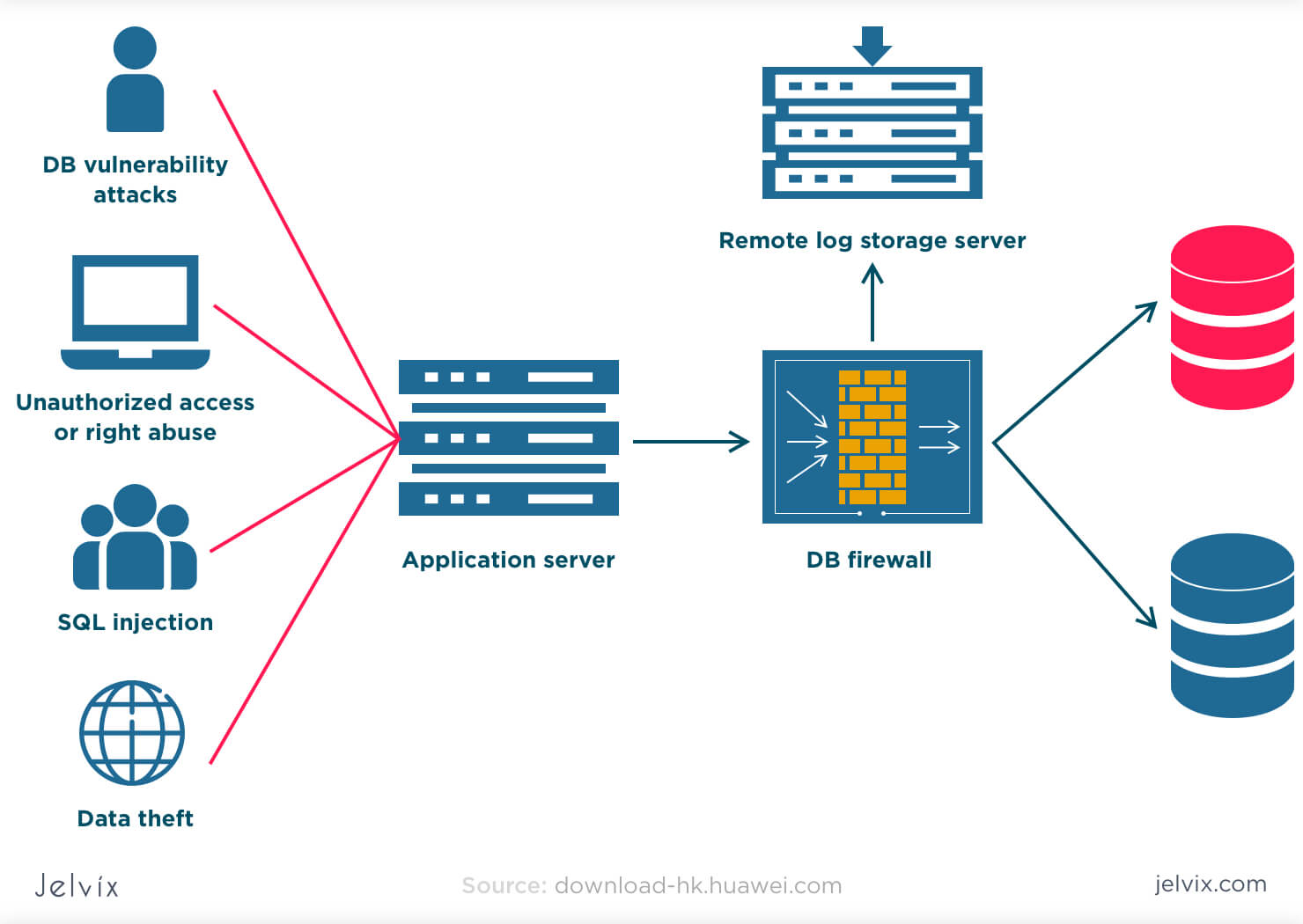Renewable energy is becoming increasingly popular as people around the world look for cleaner, more sustainable ways to power their lives. As technology advances, we are discovering new ways to harness the power of renewable energy sources, such as the wind, sun, and water. In this guide, we will explore the latest developments in science and technology that are helping us to achieve a more sustainable future.
1. Solar Energy
Solar energy is the most abundant source of renewable energy on the planet. Solar panels are becoming increasingly efficient, with the latest developments in technology allowing them to convert up to 23% of the sun’s energy into electricity. In addition to traditional solar panels, new technologies such as solar windows and solar tiles are being developed that seamlessly integrate with the design of a building, enabling clean energy generation without compromising on aesthetic appeal.
2. Wind Energy
Wind turbines are another important source of renewable energy. In recent years, advances in technology have led to the development of larger and more efficient wind turbines. Some of the latest models can generate up to 12 MW of power, making them a cost-effective and reliable source of clean energy.
3. Hydroelectricity
Hydroelectric power is generated by harnessing the power of flowing water to turn turbines. While hydroelectricity has been used for many years, recent advances in technology have made it more efficient and cost-effective. New methods of designing and manufacturing turbines have led to improvements in efficiency, and the use of underwater turbines has opened up new opportunities for generating clean energy from rivers and ocean currents.
4. Geothermal Energy
Geothermal energy is generated by harnessing the heat that is naturally present in the earth’s crust. Advances in technology have made it possible to extract this heat efficiently, and new drilling techniques are making it possible to access deeper and hotter geothermal reservoirs. In addition, advances in heat exchanger technology are making it possible to use geothermal energy for heating and cooling buildings, reducing the reliance on less sustainable sources of energy.
5. Bioenergy
Bioenergy is generated from organic matter, such as wood, crops, and waste. While bioenergy has been used for many years, recent developments in technology, such as the use of biofuels in transportation, are making it a more important source of energy. In addition, the development of more efficient ways of producing biofuels, such as algae-based biofuels, is improving the sustainability of this energy source.
Conclusion
As technology advances, the potential of renewable energy is increasing. By harnessing the power of the wind, sun, water, and earth, we can reduce our reliance on finite resources and move towards a more sustainable energy system. Whether you are interested in solar panels, wind turbines, or other sources of renewable energy, there are plenty of options available to help you achieve a greener future. By keeping up to date with the latest developments in science and technology, you can keep ahead of the curve and reap the benefits of this exciting and rapidly evolving field.











